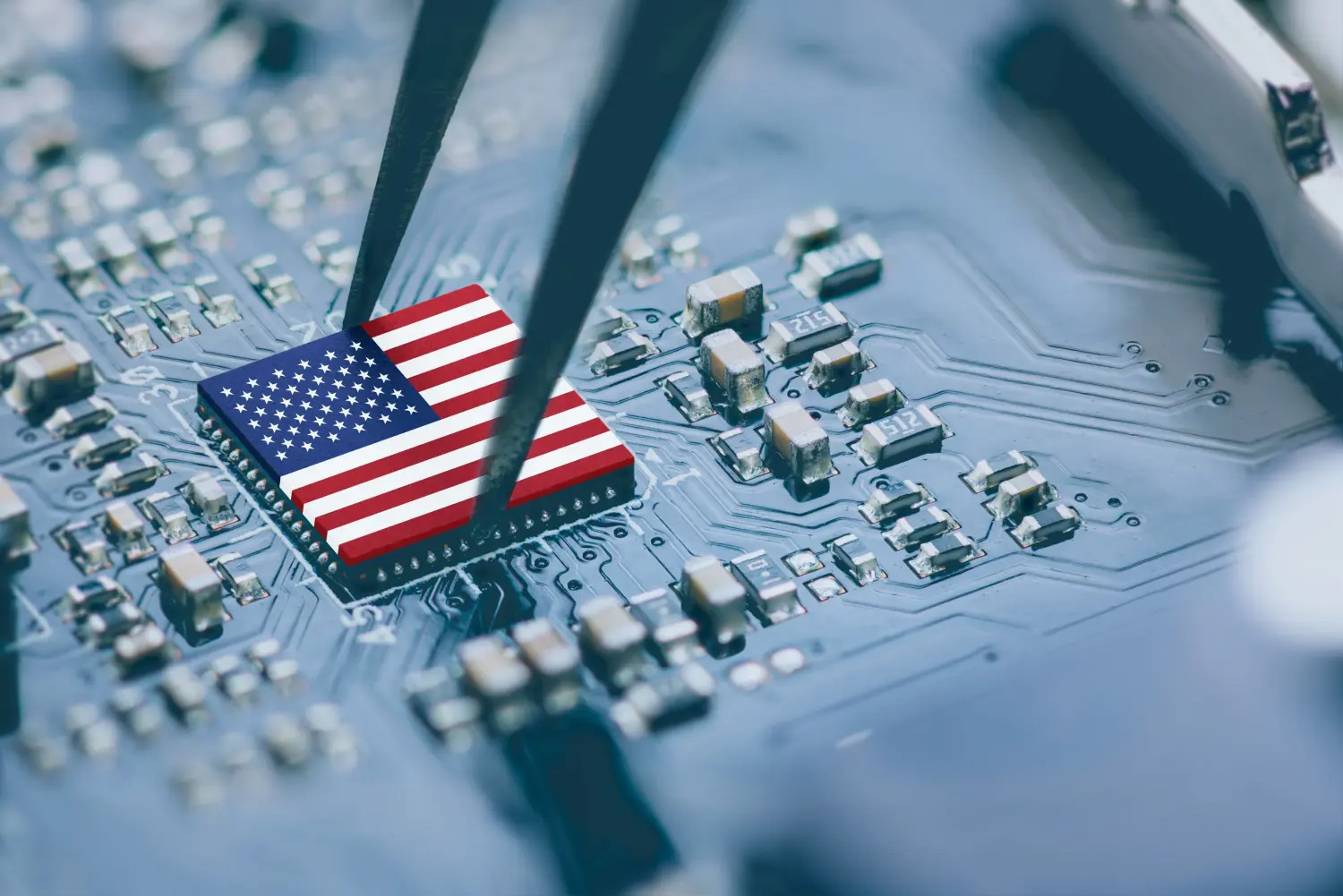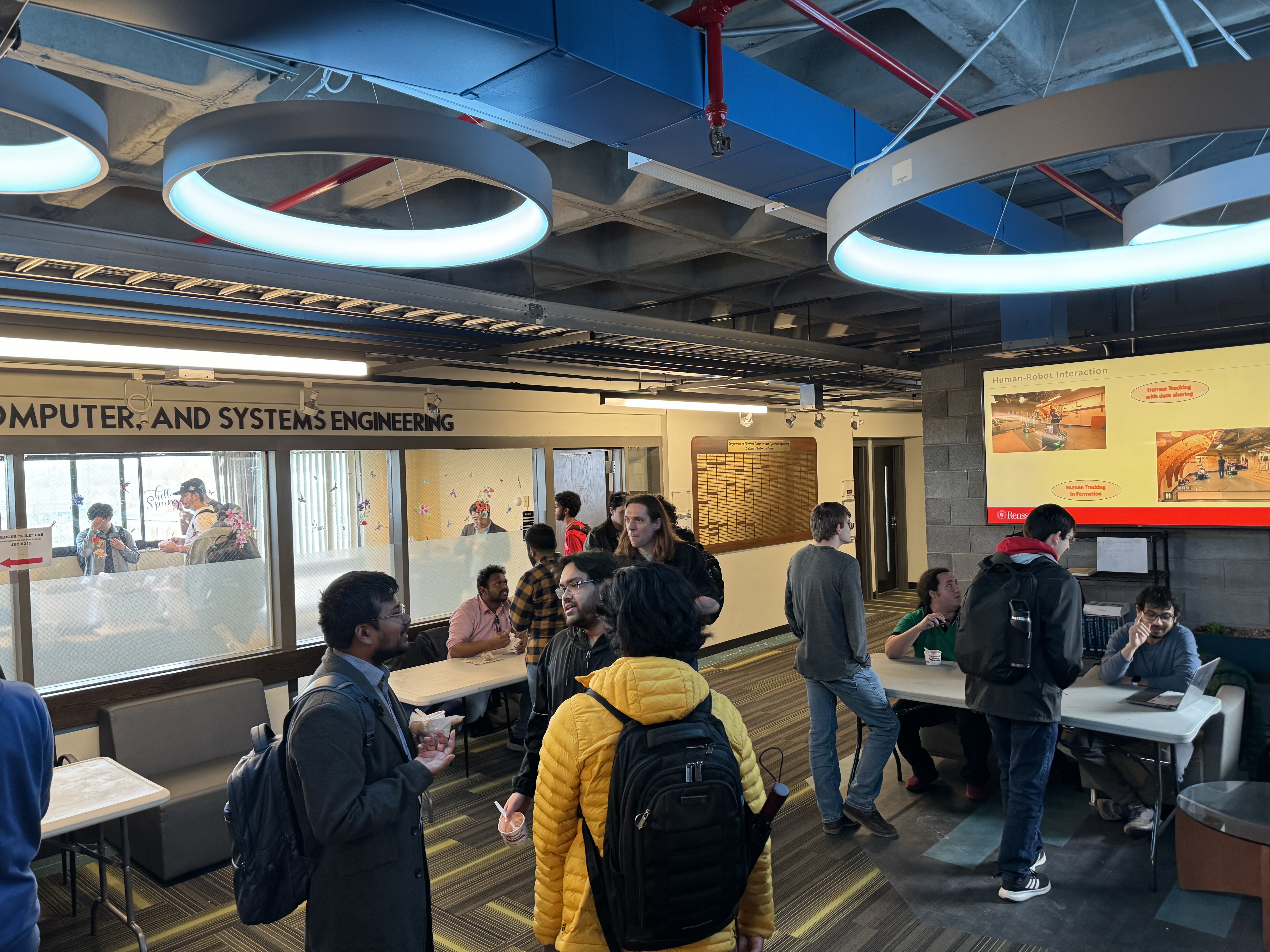
January 14, 2025
The CHIPS (Creating Helpful Incentives to Produce Semiconductors) and Science Act is an act signed into law on August 9, 2022, that aims to enhance scientific research and technological innovation in the U.S. There is also a special emphasis on reinvigorating U.S domestic production and research in the semiconductor field to bolster economic security. This field has been predominantly ruled by eastern countries such as Taiwan, South Korea, Japan, and China. According to the Department of Commerce (DOC), “As a result, [of CHIPS investments], the U.S. is expected to manufacture nearly 30 percent of the world’s leading-edge chips by 2032 – up from zero percent when President Biden and Vice President Harris took office.” [1]
Towards these ends, the act authorizes roughly $280 billion in funding from the U.S. government over the course of several years. Of this, $200 billion will contribute to research in science and technology overall, funding research in fields such as quantum computing, artificial intelligence, material science, clean energy, and biotechnology. $52.7 billion will contribute to semiconductor manufacturing, research, and workforce development, split into $39 billion for constructing new fabrication plants and $13.7 billion for semiconductor research and workforce training programs. In addition, the act includes a 25% investment tax credit for advanced semiconductor manufacturing and equipment to spur private investment at an estimated $24 billion. [2]
To put this money to use, the DOC appropriates portions of it to many different government organizations, which can then award it to companies, regional consortia, research groups, and other applicants. For instance, to establish the act’s proposed Technology Hubs, the U.S Economic Development Administration (EDA) was authorized $10 billion over 5 years of which they started awarding in July 2024 with a total of $504 million across 12 Tech Hubs. [3] Other government organizations tasked with facilitating the growth of research and innovation include the National Science Foundation (NSF), the U.S. Department of Energy (DOE), and the National Institute of Standards and Technology (NIST), among others. [2]
As part of the $13.7 billion for semiconductor research and workforce development, the DOC has authorized $200 million to the NSF for the CHIPS for America Workforce and Education Fund. This will support STEM education and training to create a highly skilled workforce for the semiconductor industry. It will also encourage partnerships between industry and academia to align workforce skills with industry needs. Combined with the increased number of job opportunities from the construction of new fabrication plants, these changes create many opportunities for students.
In 2023, the NSF invested over $6 million in a new Future of Semiconductors (FuSe) program. This program aims to fund education, research, and workforce development opportunities to enhance STEM education. [5] In addition, the NSF invested $10 million in their existing TIP (Technology, Innovation and Partnerships) Directorate, which grants funding to entrepreneurial researchers and companies in industry. Currently, this program has provided seven grants for research at RPI, totaling roughly $2.3 million. [4]
To support our members, we’re establishing programs to provide networking opportunities and skill development. As part of our networking programs, we host industry tours, allowing you to visit cutting-edge facilities and speak with industry members. In Fall 2024, we held two tours to the Albany Nanotech Complex, the first major NSTC (National Semiconductor Technology Center) under the CHIPS and Science Act and the largest and most advanced semiconductor research center in the U.S. In addition, we host mini-colloquiums with industry partners within the capital region, showcasing a variety of insights, issues, and potential career opportunities within the microelectronics field.
To contribute to the workforce skills of our members, many of our meetings cover our lecture series, where our officers give presentations on various topical issues and advancements within microsystems packaging and manufacturing. To further this, we will be inviting distinguished lecturers from industry or academia to give a presentation on their work and research within industry. This will give members an in-depth understanding of various content within the field, building upon a foundational understanding of semiconductor technology we provide. In addition, we will continue to write articles like these on recent developments in the microelectronics industry, supporting our members with knowledge of trends, important events, and their implications.
[1] U.S. Department of Commerce, “Two Years Later: Funding from CHIPS and Science Act Creating Quality Jobs, Growing Local Economies, and Bringing Semiconductor Manufacturing Back to America,” U.S. Department of Commerce, Aug. 09, 2024.
https://www.commerce.gov/news/blog/2024/08/two-years-later-funding-chips-and-science-act-creating-quality-jobs-growing-local
[2] J. Badlam, S. Clark, S. Gajendragadkar, A. Kumar, S. O’Rourke, and D. Swartz, “The CHIPS and Science Act: What is it and what is in it? | McKinsey,” McKinsey & Company, Oct. 04, 2022.
https://www.eda.gov/funding/programs/regional-technology-and-innovation-hubs
[3] “Regional Technology and Innovation Hubs (Tech Hubs),” U.S. Economic Development Administration.
https://www.eda.gov/funding/programs/regional-technology-and-innovation-hubs
[4] “Future of Semiconductors (FuSe2),” NSF - National Science Foundation, Dec. 15, 2023.
https://new.nsf.gov/funding/opportunities/fuse2-future-semiconductors
[5] Sethuraman Panchanathan, “CHIPS and Science Implementation and Oversight,” National Science Foundation, October 4, 2023.
https://nsf-gov-resources.nsf.gov/2023-11/hon-panchanathan-10-2023.pdf?VersionId=ptY9eFD4CMGWZktorTwJfGYweiqXf3S7
Join our quest to foster innovation and collaboration in the field of engineering. Together, we'll explore, discover, and innovate.
Join NowEnrich Your Engineering Network
Access workshops, seminars, and resources to fuel your passion.
Lead, volunteer, and grow with opportunities at RPI and beyond.
